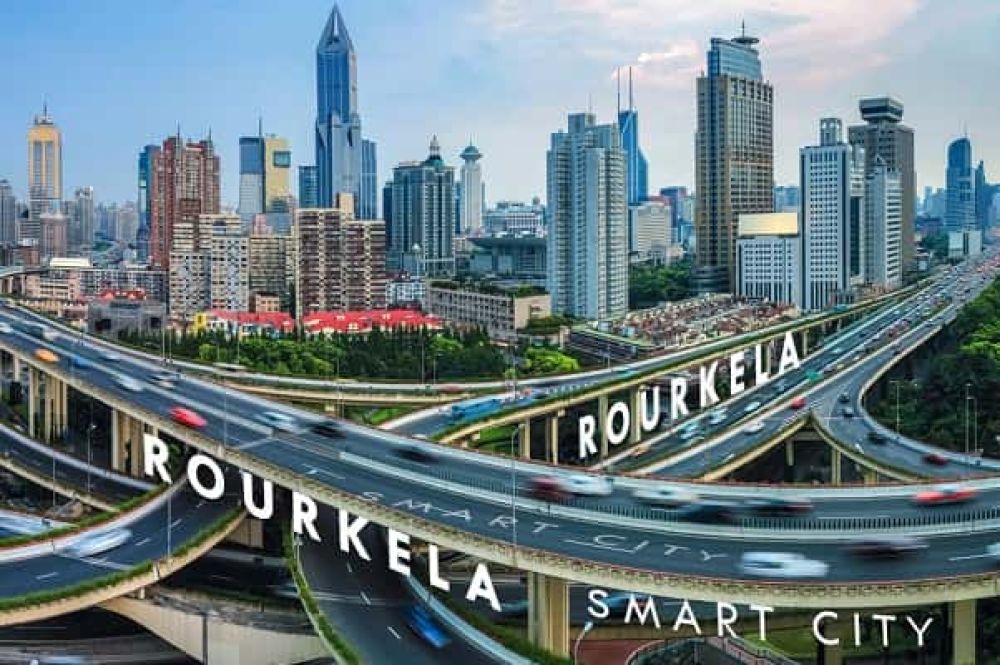

Originally an obscure village in the dense forests of Odisha, Rourkela's destiny was forever altered with the establishment of the Rourkela Steel Plant (RSP) in the 1950s. This venture laid the foundation not only for the city's industrial growth but also for its entry into the tourism map. The construction of one of the first public sector steel plants of India, under the aegis of the Government of India with German collaboration, drew people from diverse cultures and backgrounds to this area, effectively making it a melting pot of cultures.
The development of Rourkela as an industrial township prompted the government to improve infrastructure which, in turn, increased accessibility to this part of Odisha. Although not traditionally a tourist hub, Rourkela began attracting visitors interested in the marvel of India's industrial growth, as well as those intrigued by the scenic beauty surrounding this bustling city.
The nearby areas, rich in tribal culture and surrounded by waterfalls, hills, and rivers, slowly caught the attention of tourists. The greenery of the region combined with significant spots like Vedvyas Temple, and Hanuman Vatika added cultural and spiritual layers to Rourkela's tourism portfolio.
With the world becoming increasingly interconnected, tourism in Rourkela has felt the impact of global trends:
Despite its unique blend of industry and nature, Rourkela faces challenges like any evolving tourist destination. The need to balance industrial growth with environmental conservation is critical. Additionally, infrastructure development like better connectivity, hotel accommodations, and tourist-friendly facilities require attention to sustain the growth of tourism.
However, these challenges also present numerous opportunities. There is immense potential for growth in heritage, cultural, and ecological tourism sectors. With appropriate strategies and sustainable practices, Rourkela can anticipate a promising future in attracting a global audience.